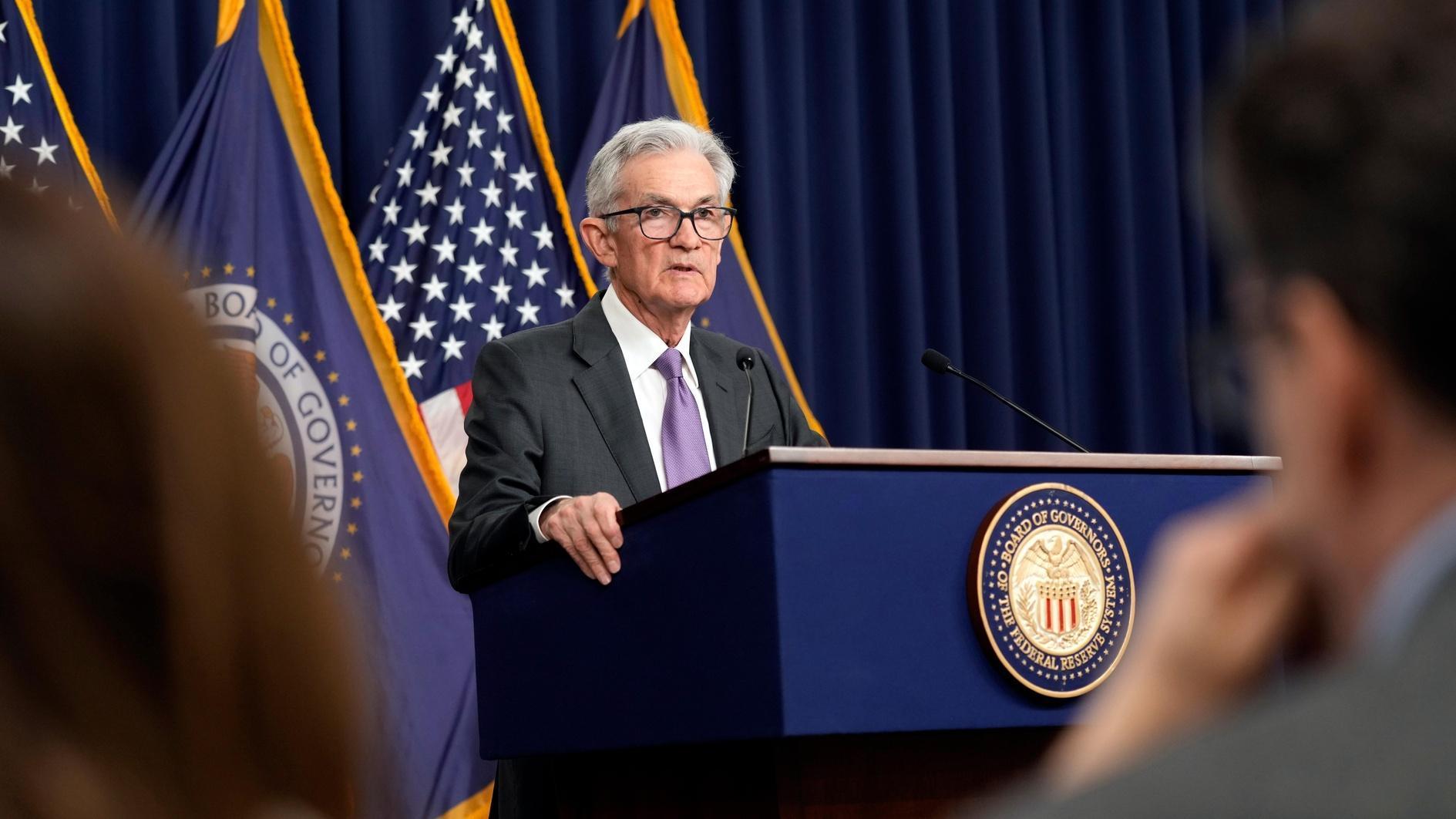
The U.S. Federal Reserve is expected to hold interest rates steady for a sixth straight meeting Wednesday, with a summer start to cuts looking less likely owing to stubborn inflation.
For months, the U.S. central bank has maintained its benchmark lending rate at a 23-year high to cool demand and rein in price increases — with a slowdown in inflation last year fueling optimism that the first cuts were on the horizon.
But inflation has accelerated, and analysts widely believe the rate-setting Federal Open Market Committee (FOMC) will keep its target range at 5.25 percent to 5.50 percent.
As hope dwindles for rate cuts in the first half of the year, the Fed also faces a growing possibility that eventual reductions will coincide with the run-up to November's presidential election.
This could give the economy a boost while Democrats and Republicans vie to win over voters. The converging timeline may prove uncomfortable given that the Fed, as the independent U.S. central bank, seeks to avoid any appearance of politicization.
Nevertheless, for Dan North, senior economist at Allianz Trade North America, "there is no chance" the FOMC will cut or raise rates on Wednesday.
Financial markets expected the central bank to begin cuts in June just a few weeks ago, but the most recent inflation reports have "definitively pushed the lift-off date substantially into the future," North said.
"The September meeting now seems like the most likely time for the first cut," he added.
'Uncertainty'
Ryan Sweet, chief U.S. economist at Oxford Economics, said that "given the incoming data on inflation, risks are weighted toward fewer cuts this year."
Sweet anticipates two reductions, in September and December.
The Fed's dependence on incoming data also raises "uncertainty in the forecast for the path of monetary policy," Sweet added in a recent note.
When Fed Chair Jerome Powell holds a press conference after the two-day meeting, analysts will be scrutinizing his comments on progress in lowering inflation — looking for signals that the first cut has been nudged to September.
Another issue is Powell's response on whether the Fed might look into raising rates again, although observers expect the bar would be set very high for such a move.
Balance sheet
Economists also think the Fed could provide clarity this week on a policy allowing assets it purchased to help the U.S. economy weather the pandemic to "run off," or expire without being replaced.
The bank allows up to $95 billion in assets to mature each month without being replaced.
It currently holds about $7.4 trillion in assets, and is debating when to start slowing the current pace of runoff.
The ongoing measure reduces the overall size of the Fed's balance sheet and is also meant to tighten monetary policy.
Powell recently said it will likely be appropriate to slow the pace of runoff "fairly soon."
He added that this would reduce the risk of "liquidity problems" — a likely reference to last year's banking crisis.
Analysts broadly expect an announcement on runoff to come this week or at the next interest rate meeting in June.